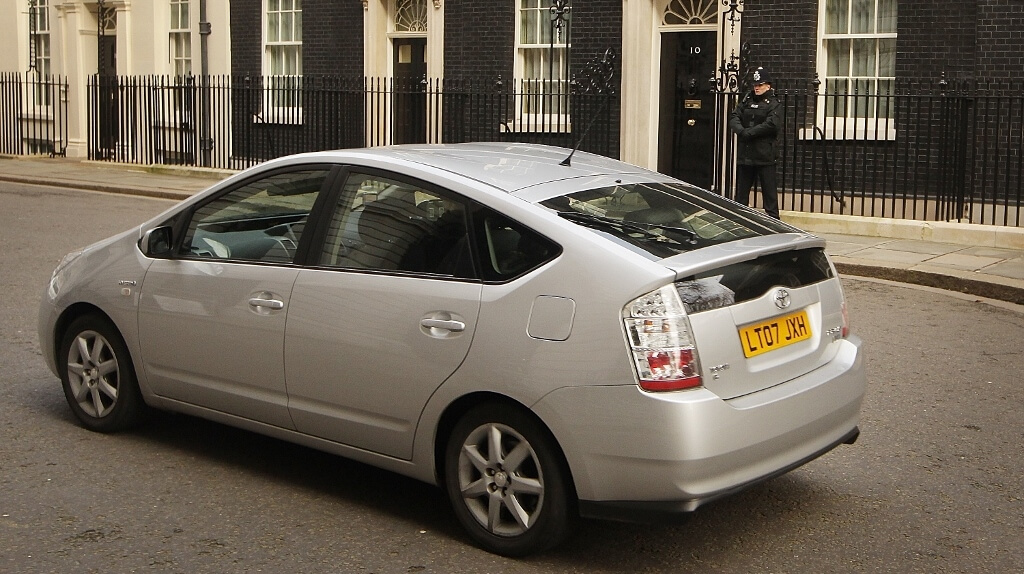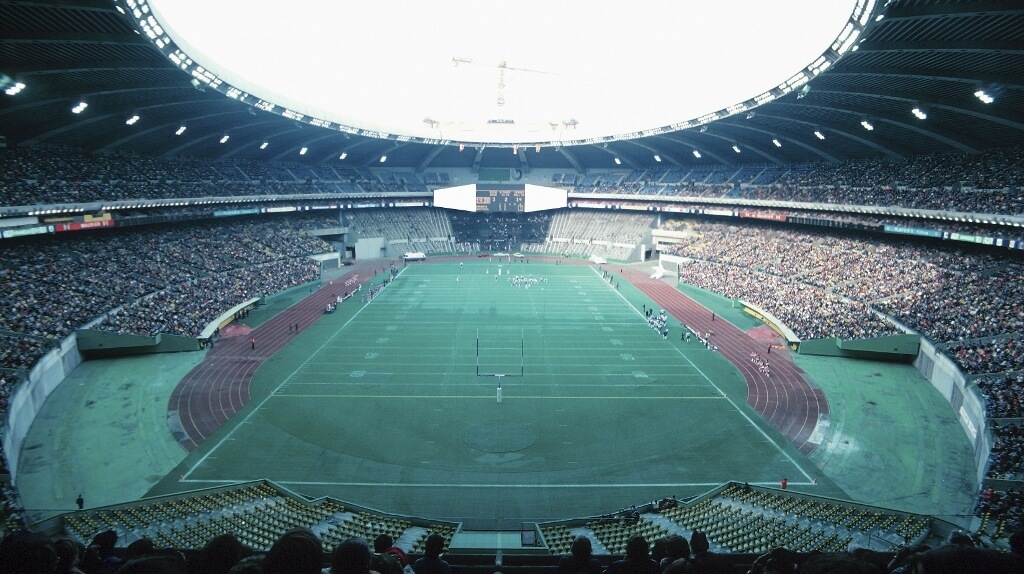On demand is helping people with everything from watching the best TV shows to booking taxis in the blink of an eye. There's plenty of scope to grow, but where is it heading next?
On Demand Marketplaces 2.0 - The Next Developments
On demand is helping people with everything from watching the best TV shows to booking taxis in the blink of an eye. There's plenty of scope to grow, but where is it heading next?

It can’t have escaped your notice that ‘on demand’ is big these days. Technology has made us all impatient; as consumers we know what we want and when we want it – most of the time we want it now.
Television shows (Netflix, Amazon, iPlayer), grocery deliveries (Amazon Prime), Taxi cabs that come at the touch of button and you don’t even need ready cash to pay (Uber), have all conspired to make us hungry for more, so if you’re trying to find a way to make your new business stand out from the rest, adding an ‘on demand’ tag is surely the way to go.
Business has already completely embraced the on demand ethos. My own company, PeoplePerHour, is testament to the on demand appeal – international businesses are able to access a whole army of experienced, talented and dedicated freelance workers in a huge variety of fields, from all around the world, at any time of day.
Where can on demand go next? Businesses, as I’ve already mentioned, outsource a tremendous amount of work to on demand suppliers.
Consumers use on demand services for an increasingly wide range of reasons; finding work (an amazing 32% of people use on demand job search apps or freelancing websites); hiring cleaners (one fifth of people have used providers to handle unexpected cleaning jobs); and recreational pursuits, with almost one in four people regularly using apps that help them to avoid the need to queue for restaurants.
The increasing ubiquity of Uber also speaks for itself, with 57 per cent of smartphone users using the app on a regular basis, prompting traditional cab providers to hastily review their own booking systems.
With mobile tech now estimated to be saving users more than a week of time every year, and generating more than £1.8trillion per annum, you don’t need a crystal ball to see the continued expansion of on demand services. The interesting thing to note is that the attention now seems to be switching to the micro level, with companies looking at ways to enhance their existing service.
Some event caterers in the US have now started using apps to facilitate on demand in-seat food delivery, so you don’t have to miss a minute of a big game when hunger strikes – you simply need to open the app, enter your seat number, order your hot dog and wait 10 minutes for it be delivered directly to you.
No queues, no paper money, no missed goals, no disappointment; it’s all done digitally. As 26 per cent of smartphone users already make the most of them for online grocery shopping, the potential for on demand snacking must be enormous.
Running with the stadia theme, some US event managers have also gone one step further, introducing ‘on demand’ bathrooms, where to avoid the queues visitors just download an app which will tell them which set of lavatories have the longest line in real time, so you literally know when you’re ‘good to go’.
While smartphones and tablet computers have widely been lambasted for their ability to drain time, they are daily transforming both our business and leisure habits. Travel time is no longer ‘dead time’ thanks to digital tech; if using public transport it can be almost as productive as time spent in the office, as we use the commute for video conferencing, email checking, or report writing.
And yes, while we might waste endless hours tapping away at Candy Crush or Clash of Clans, our phones and tablets are also helping us to gain some of that time back because so many services are available at the touch of a button.
With half of all smartphone users utilising on demand apps at least twice a day (11% confessed to using different apps five times a day or more – why should it be viewed as a confession? They’re simply making the most of their time) the potential is phenomenal.
The secret to maximising the possibilities of on demand is to get to know your customer. I began PeoplePerHour because I could see the massive untapped potential. As technology develops, so more opportunities will open for those with the eyes to see them. With the online business market set to grow by an average of +21% year on year throughout the coming decade there can be no question about where the money is to be made.
Thanks for signing up to Minutehack alerts.
Brilliant editorials heading your way soon.
Okay, Thanks!




